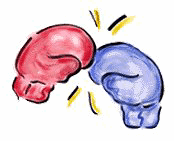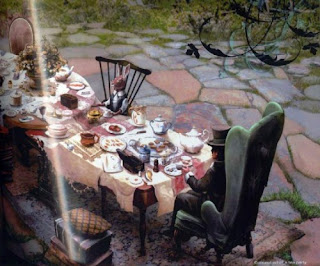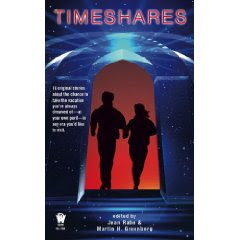 Are You Really Ready to be Published? By Jennifer Stanley
Are You Really Ready to be Published? By Jennifer StanleyYou can feel it. Your book is done. You’ve worked on it for months, for years. It’s been all you’ve thought about for ages and now it’s finished.
Your baby. Your hopes and dreams printed out on crisp, white paper.
Now what?
It’s time for an initial test.
Test Question One: Have you taken your punches?
In other words, has your book been critiqued by a group of honest, educated peers? Not your mother, your spouse, or your best friend, but fellow writers.
Have you heard and responded to both praise and criticism?
Have you gone back and examined portions of your writing because a member of your critique group made a solid recommendation?
Have you struggled, yes, struggled, over points raised by others?
Answer: If you haven’t exposed your book to several rounds of constructive criticism, you’re not ready.
Test Question Two: Have you edited your book at least three times?
Once is not enough. It is sometimes helpful to take a break between rounds of editing, but you will find new areas to tweak each time. Be patient. Hone your writing. Get that manuscript polished until it glows in the dark.
Answer: Edit, edit, edit.
Test Question Three: Have you done your homework?
In other words, you know into which genre your book falls; you’ve abided by the general word count rule (approximately 80,000 words for fiction – more for sci-fi and fantasy); you’re emotionally prepared to be rejected by multiple agents and publishers and will not throw yourself off a bridge.
Answer: If you’re done all the above, you’re ready! It’s going to be a tough road, but if you can write an entire book, you can make it!
Feel free to post questions and I’ll do my best to provide intelligent, helpful answers!
 Jennifer (J.B. Stanley) is the author of two mystery series (the Supper Club mysteries and the Hope Street Church mysteries). Her third series will debut this summer.
Jennifer (J.B. Stanley) is the author of two mystery series (the Supper Club mysteries and the Hope Street Church mysteries). Her third series will debut this summer.** Jennifer, thanks for the constructive, and timely, advice. A few possible questions:
What things do you look for in subsequent edits?
Do you remember what were your first editing pitfalls that you overcame in later books?
What do you find to be the hardest point of editing?
What are the main things you advise writers to search for in their manuscript that can be easily overlooked?
 Another selection of odd plants.
Another selection of odd plants.











